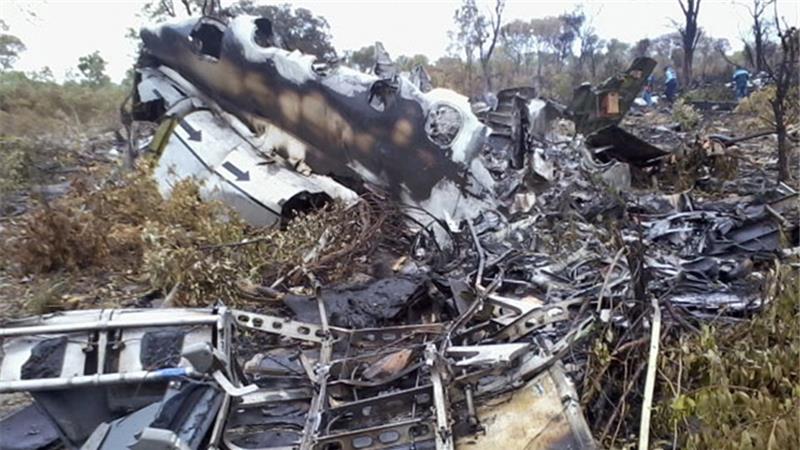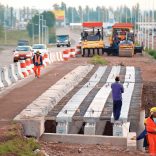Mozambique: 113 elderly people murdered in Inhambane province in first five months of 2025 - police
Mozambique plane crash was intentional – Namibian final report is out

Al Jazeera / The place wheref the Mozambican plane crashed, at the Bwabwata National Park in northeast Namibia, on 29 November 2013 killing all 27 passengers and six crew members.
An aircraft accident report released yesterday confirms that the Mozambican passenger jet which crashed in the Bwabwata National Park in 2013 was intentionally flown into the ground.
The report was compiled by Theo Shilongo, deputy director of the directorate of aircraft accident investigations, who was the investigator in charge, and Hafeni Mweshixwa as the co−investigator. It was signed off by works and transport minister Alpheus !Naruseb.
Six Mozambique Airline crew members – two pilots, one engineer and three flight attendants – as well as 27 passengers died when the Embraer 190 jet aircraft en route from Maputo to Angola crashed in Namibia’s Zambezi region on 29 November 2013. According to the report, the captain in charge of the aircraft, Herminio dos Santos Fernandes, was left alone in the cockpit when the first officer, aged 24, left the flight deck for the lavatory minutes before the crash.
The 49−year−old Fernandes had 9 052 hours of flying experience, of which 2 519 hours were clocked up piloting the same type of Embraer passenger jet.
His history over the 72 hours before the accident shows that he flew on the route from Maputo to Tete and back to Maputo on 26 November. The following day, he flew from Maputo to Johannesburg, South Africa, and back to Maputo.
On 28 November, Fernandes was on leave.
The report indicates that although information on the financial and insurance position of the captain was requested from Mozambique through their accredited representative, this information could not be obtained due to bureaucracy and legal hassles before the finalisation of the report.
An hour and 50 minutes into the flight, the first officer left the cockpit for the lavatory and only Fernandes remained on the flight deck. The cockpit door was then automatically locked, and there were no further conversations in the cockpit.
“The input on the auto flight’s systems by the captain caused the aircraft to depart from cruise flight to a sustained controlled descent and subsequent collision with the terrain,” the report said.
Fernandes manually changed the aircraft’s altitude setting three times from 38 000 feet cruising altitude to the final setting of 592 feet.
The aircraft was flying at an altitude of 38 000 feet when the co−pilot left the cockpit. At nine minutes and seven seconds past 11 o’clock coordinated universal time (UTC), which was nine minutes and seven seconds past one in the afternoon Namibian time, the aircraft started a sudden descent from its normal cruising altitude of 38 000 feet, the report states. That was after the plane’s altitude setting was manually changed, first from 38 000 feet to 4 288 feet, then to 1 888 feet, and finally to 592 feet, which was below the ground elevation of the terrain over which the aircraft was flying.
Fernandes then manually disengaged the auto throttle, re−engaged it, which caused the throttle to retard automatically. The speed was then altered manually several times until the end of the recording.
The report further states that actions performed by Fernandes indicate explicit knowledge of the aircraft’s systems and specifically the automatic flight control system, as the entire descent was conducted with the autopilot engaged and no force applied to the control columns.
While these events were taking place, there was no communication difficulties reported to declare an emergency.
There were also no weather−related difficulties experienced. Therefore, the weather was not considered as a contributing factor.
The aircraft’s flight data recorder and cockpit voice recorder had been sent to laboratories of the National Transportation Safety Board in the United States of America for investigations.












Leave a Reply
Be the First to Comment!
You must be logged in to post a comment.
You must be logged in to post a comment.